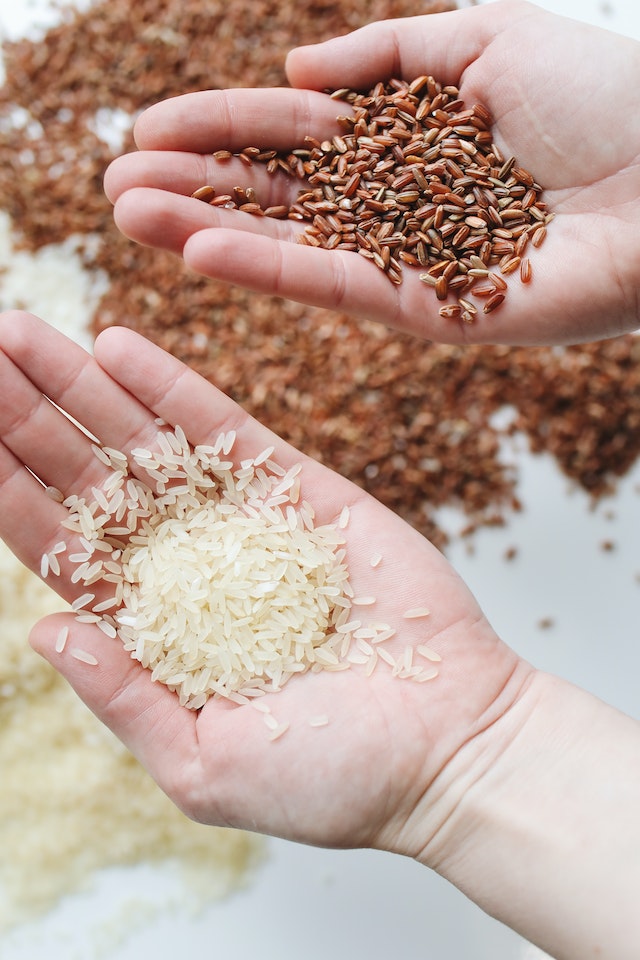Exploring the Prospects of Export Quality Rice in Pakistan
Pakistan, the 11th largest producer and 4th largest exporter of rice plays a significant role in the global rice market. The country is particularly known for its high-quality Basmati rice, which is in high demand in international markets.
However, the rice industry in Pakistan faces several challenges that could potentially hinder its growth and competitiveness. This article delves into the intricacies of the export quality rice in Pakistan, focusing on the opportunities and challenges that lie ahead for rice traders in Pakistan.
Rice Varieties in Pakistan
Pakistan boasts a diverse array of rice varieties, including both white and brown rice in Pakistan. The country produces different types of rice, including:
- Round Grain Rice: Available in both white and brown variants.
- Long Grain Rice: Also available in white and brown types. This category includes the famous Basmati rice.
- Medium Grain Rice: This type of rice is available in white and brown forms.
- Red Grain Rice: A less common type, characterized by its unique red hue.
- Low Arsenic Rice: This rice variant is grown using sustainable farming methods, resulting in lower levels of arsenic.
Pakistan’s Position in the Global Rice Market
According to the data from the Food and Agriculture Organization, rice is the third highest agricultural commodity produced globally, following sugarcane and maize.
Rice provides over one-fifth of the calories consumed worldwide, making it a crucial dietary staple.
Pakistan’s contribution to the global rice market is substantial. The country accounts for 3.2% of the value added in the agriculture sector and 0.7% of its Gross Domestic Product (GDP).
During the fiscal year 2015-16, rice exports earned Pakistan foreign exchange of US$ 1.86 billion.
Challenges Faced by the Rice Industry in Pakistan
Despite its significant contribution to the country’s economy and the global rice market, the rice industry in Pakistan faces several challenges:
- Quality Control: The quality of rice can be compromised due to the mixing of different varieties, which can lead to a loss in market reputation.
- Lack of Technology: Many farmers still rely on outdated harvesting and threshing methods, which can damage the quality of rice.
- Branding Issues: Most Pakistani rice exports lack a distinct brand name, leading to a lower market price.
- High Production Costs: The high prices of fertilizer and pesticides, coupled with high power tariffs and energy crises, increase the cost of rice production.
Opportunities for Rice Traders in Pakistan
Despite these challenges, there are several opportunities for rice traders in Pakistan:
- Increasing Demand: With the steady increase in global population, the demand for rice is expected to rise.
- Organic Farming: There is a growing global trend towards organic and sustainable farming practices, which Pakistan can capitalize on.
- Export Potential: There is a potential for increased exports, particularly to countries in the Middle East and Africa.
Conclusion
The export quality rice in Pakistan represents a significant opportunity for economic growth and increased global market share.
However, to fully leverage this potential, it is crucial for the industry to address the challenges it faces and capitalize on emerging opportunities.
With the right strategies and policies, the future of the rice industry in Pakistan looks promising.





